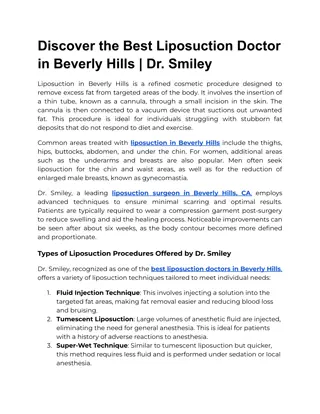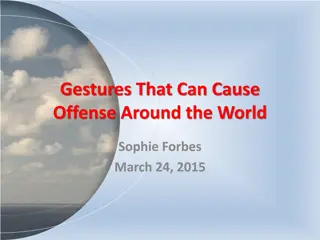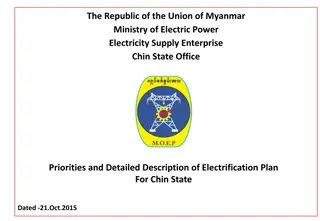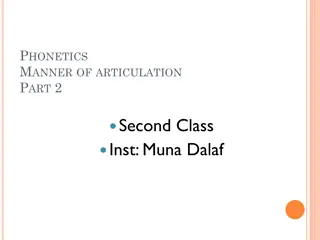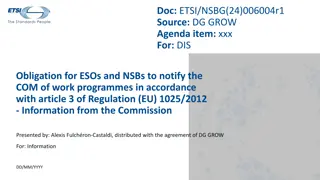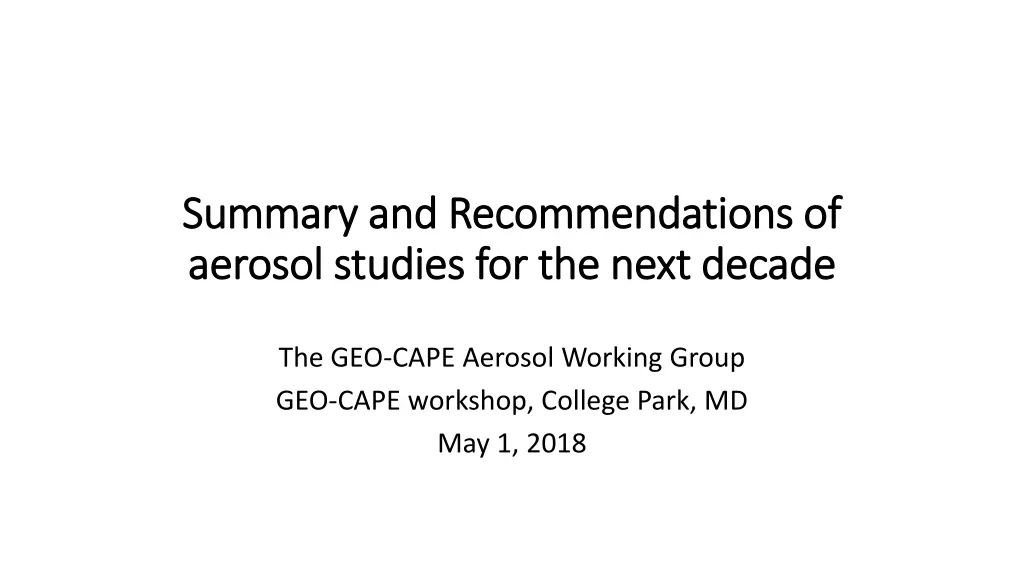
Aerosol Studies Summary: GEO-CAPE Recommendations for the Next Decade
"Explore the extent of meeting aerosol requirements through GEO-CAPE and TEMPO-GOES synergy. Baseline measurements, precision, and forward-looking recommendations for joint aerosol product retrieval and air quality assessment. Utilize geostationary data for science priorities."
Download Presentation

Please find below an Image/Link to download the presentation.
The content on the website is provided AS IS for your information and personal use only. It may not be sold, licensed, or shared on other websites without obtaining consent from the author. If you encounter any issues during the download, it is possible that the publisher has removed the file from their server.
You are allowed to download the files provided on this website for personal or commercial use, subject to the condition that they are used lawfully. All files are the property of their respective owners.
The content on the website is provided AS IS for your information and personal use only. It may not be sold, licensed, or shared on other websites without obtaining consent from the author.
E N D
Presentation Transcript
Summary and Recommendations of Summary and Recommendations of aerosol studies for the next decade aerosol studies for the next decade The GEO-CAPE Aerosol Working Group GEO-CAPE workshop, College Park, MD May 1, 2018
To what extent can GEO To what extent can GEO- -CAPE aerosol requirements be CAPE aerosol requirements be met by TEMPO met by TEMPO- -GOES synergy? GOES synergy? Baseline measurements of aerosols (not including precursor gases): SpeciesTime resolution value Hourly, SZA<70 Hourly, SZA<70 Hourly, SZA<70 Hourly, SZA<70 Product spatial resolution: Spectral region: Vis: AOD; UV-deep blue: AAOD, AI; Vis-NIR: AOCH Cloud detection: 1 km x 1 km cloud camera Can TEMPO-GOES synergy meet the GEO-CAPE requirements? Typical Precision Description Observe total aerosol; aerosol sources and transport; climate forcing Distinguish smoke and dust from non- UV absorbing aerosols; climate forcing Detect aerosols near/above clouds and over snow/ice; aerosol events Determine plume height; large scale transport, conversions from AOD to PM Yes, AOD retrieval from ABI AOD 0.1 1 0.05 Possible from joint retrieval with reduced coverage and/or quality AAOD 0 0.05 0.02 Yes by TEMPO AI -1 +5 0.1 Yes for thick plumes, difficult at low AOD over land AOCH Variable 1 km Yes, AOD from ABI 4 km x 4 km at the center of the domain Yes combined TEMPO and ABI Achievable with ABI cloud detection Descope options: Product spatial resolution at 8 km x 8 km; eliminating cloud camera, AAOD, and AOCH. Yes
Forward Forward- -looking recommendations looking recommendations Aerosols and clouds are the top priority for science and applications recommended in the 2017 DS, although the recommended candidate measurement approach is lidar and polarimeter We should work with other communities to use the geostationary data (i.e. GEO-CAPE ) for achieving the science and application priorities laid out in the 2017 DS
Forward Forward- -looking recommendations (2) looking recommendations (2) Producing joint retrieval of aerosol products in the CEOS constellation framework: Over the US: TEMPO-ABI (UV-IR spectral range, AOD, AAOD, AI, AOCH, aerosol above clouds), GeoCARB CO as a tracer/marker, improving cloud screening (e.g., use 0.5 km red band data) Over Asia: GEMS-AHI-AMI (UV-IR spectral range, AOD, AAOD, AI, AOCH, aerosol above clouds) Global: TROPOMI, VIIRS (UV-IR spectral range, AOD, AAOD, AI, AOCH, aerosol above clouds) LEO+GEO synergy (TROPOMI, VIIRS, PACE GOES, Himawari, GEMS) Air quality application assessment in the CEOS constellation framework: Obtaining solid, robust assessment on the feasibility of using geostationary satellite data for surface PM2.5 (under what conditions, which ancillary information are needed, and how practical) Recommendations to the user community on how to use geostationary satellite data for AQ Aerosol-cloud-interactions (ACI) in the context of 2017 DS: Observing clouds and aerosols with high temporal and spatial resolutions from geostationary satellites (passive sensors) complemented by ground networks (passive and active sensors) and in-situ measurements to resolve the processes of ACI and evolution of aerosol and cloud properties Targeting study areas in North and South America (off-shore of CA, Gulf of Mexico, Amazonia) Coordinating with global observations (e.g., ACE-like). Such coordination is deemed as important by the CloudSat/CALIPSO community in the context of 2017 DS study










